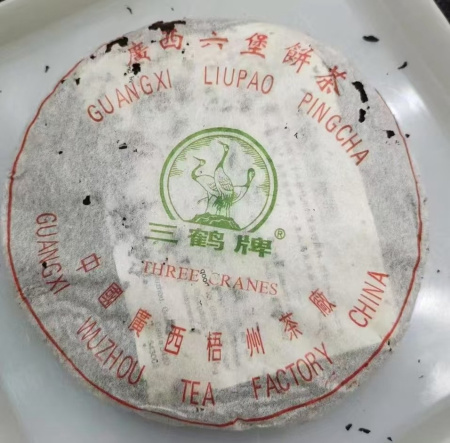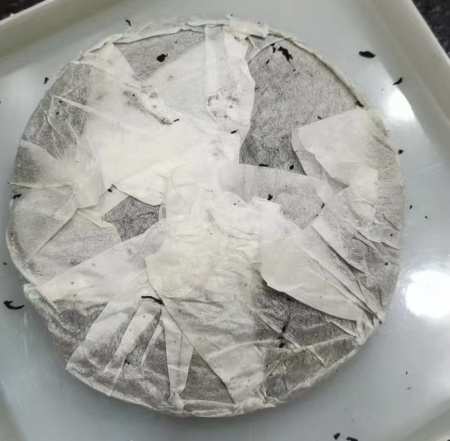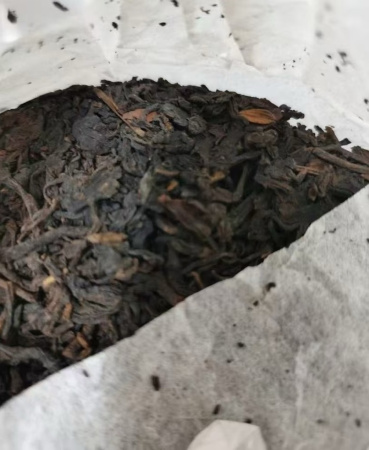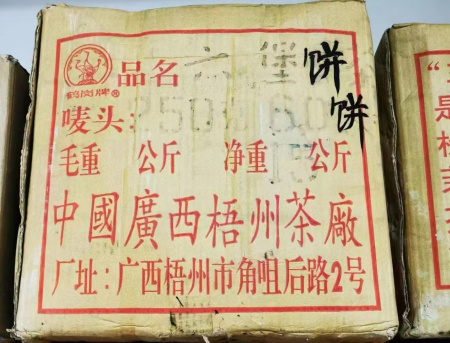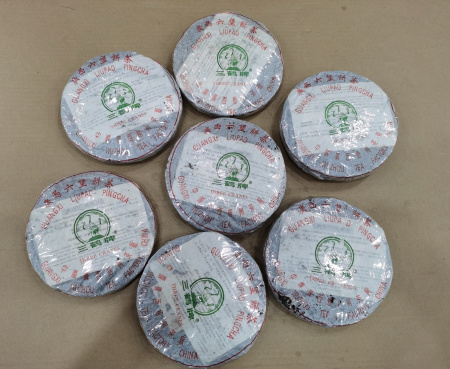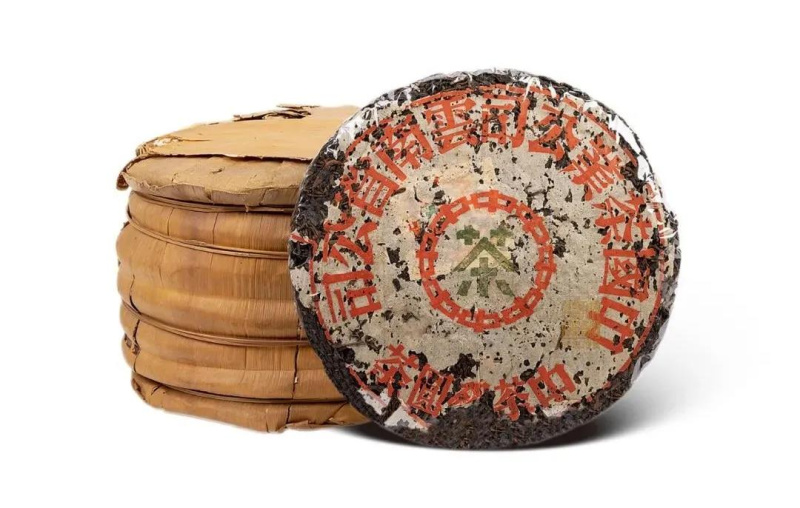-
0 Saturation
-
0 Aftertaste
-
0 Aroma
-
0 Effect
-
0 Balance
-
0 Body
|
Country
|
China |
|
District
|
Anhua |
|
Manufacturer
|
Сань Хэ (三鹤) |
|
Raw material production date
|
1995 |
|
Year of pressing
|
1995 |
|
Declared weight, g
|
250 |
- Reviews
- Vkontakte
Pu-erh is one of the most unique types of tea, which only gets better with age. Many people, when they first encounter this tea, wondered: why is pu-erh more often found in pressed form (cakes, bricks, tochas), and not in loose form? The reasons for this are related to both history and the practical aspects of storing and fermenting tea. Despite modern technologies that allow the production of loose pu-erh, the shape of pressed cakes remains unchanged. And pu-erh is more often found on sale in pressed form, for example, in the form of cakes or bricks, and loose pu-erh is less common. We will talk about the reasons for pressing pu-erh into cakes in this article.
Puer is a unique Chinese tea that is distinguished by its depth of taste, complexity of aromas and versatility of aftertaste. Its taste characteristics are formed under the influence of many factors, from growing conditions to the brewing method. Let's look at the main ones.
In the world of tea, where every leaf holds a thousand-year history, there is one special drink whose origin is shrouded in mystery and wonder. This is Heicha, a dark tea that not only captivates with its deep taste, but also has an amazing story associated with rain, despair, and a miracle of healing.





